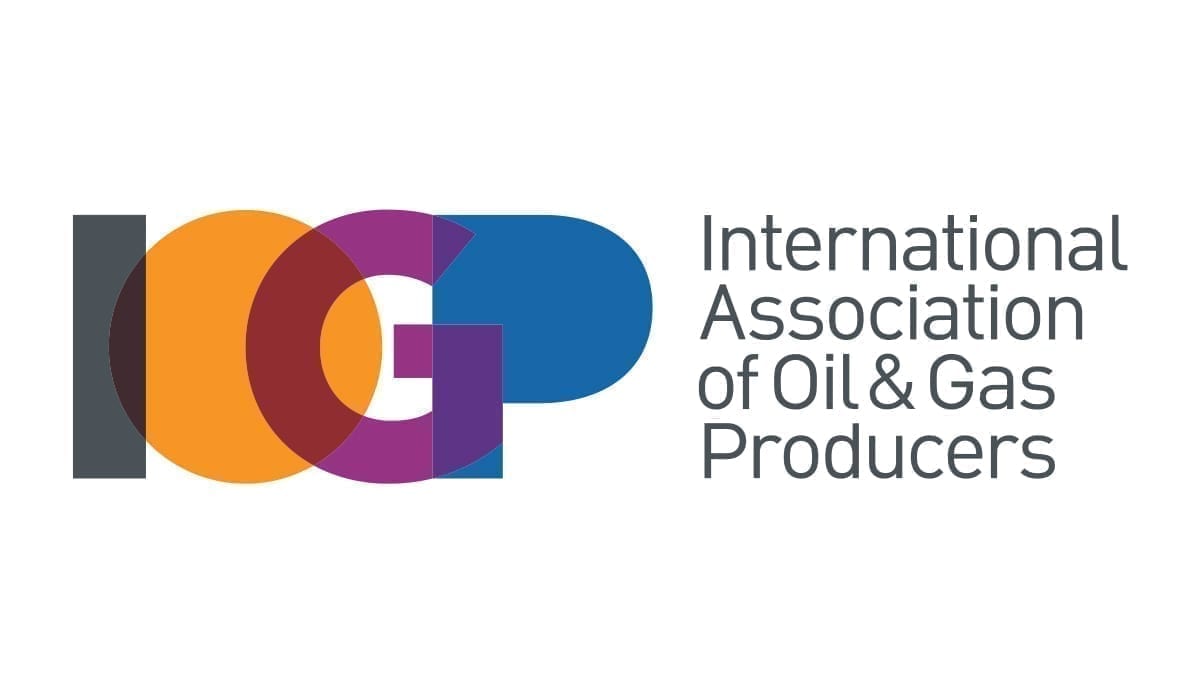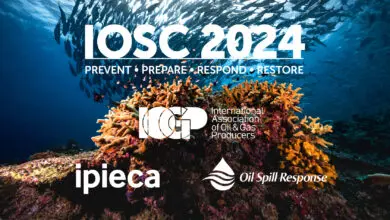
IOGP launches a new Task Force to deliver Common Industry Technical Specification for Fundamental Survey Sensors
(London) Efficiency and standardization continue to be key watchwords for the industry as it recovers from the Corona virus epidemic and strives ever-harder to deliver safer, low cost and lower carbon energy sources to the world.
After the major success of its first Common Industry Technical Specification for USBL acoustic positioning systems for which all major operators present in the IOGP Geomatics Committee confirmed plans for adoption, the Committee is supporting the efficiency drive by embarking on a second. This time a newly formed Task Force is working on a common process for calibration and verification of ‘Fundamental Survey Sensors’ for marine surface positioning operations. As with the USBL specification, the Task Force comprises specialists from the operator and contractor domain, to ensure existing industry knowledge and best practice are leveraged to deliver truly harmonized industry survey and positioning specification.
The full size of the prize is cost reduction, increased quality, reliability, consistency and repeatability of results. The common USBL specification is now being implemented by the industry through operator contracts in the seismic, site survey, construction and inspection domains, we expect the Fundamental Survey Sensors specification to support efficiency gains for the same types of activities, via the following improvements:
- reduce vessel time for survey calibrations, and requirement for repeated “project” calibrations,
- eliminate calibration/verification activities from critical path,
- reduce or eliminate contingency time from tender/project schedules,
- reduce HSE exposure from quayside activities and vessel time,
- avoid duplication, competing and inconsistent standards.
The specification will cover Global Navigation Satellite Systems – GNSS, which includes not only the ubiquitous United States ‘GPS’, but also other existing and emerging global satellite positioning systems such as Glonass (Russian), Compass/Beidou (Chinese) and Galileo (European). It will also cover vessel attitude and heading reference systems (gyrocompasses, pitch & roll sensors etc.), which provide critical and highly sensitive inputs to accurate surface positioning.
Aso included in the specification is the ‘online survey & positioning system’, which integrates and visualizes all the positioning inputs to make sense of them all and output results. This system is the core of the surface positioning process and has a number of elements that require careful verification, including offsets, calibration results, sign conventions and geodetic parameters.
It is worth emphasizing that almost all subsea positioning typically relies on accurate surface positioning, and thus the activities covered in this specification are also relevant to the majority, if not all, subsea positioning operations.
IOGP would like to acknowledge IMCA’s Offshore Survey Division Technical Committee’s significant contribution to the initiative.
For more information about the IOGP Geomatics Committee work please visit: https://www.iogp.org/geomatics.
Download Press Release as PDF


